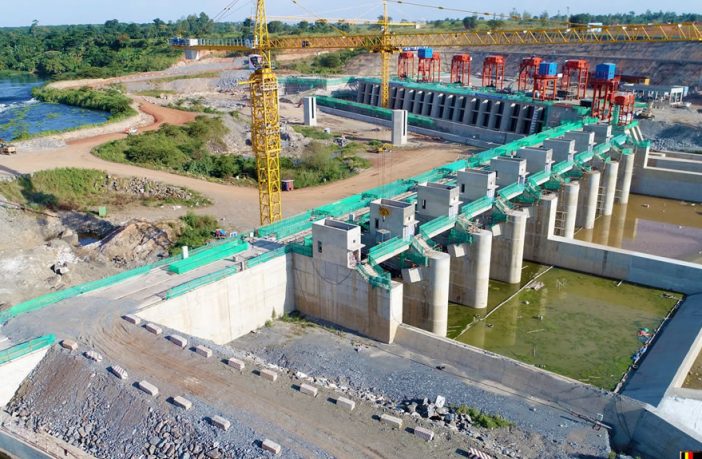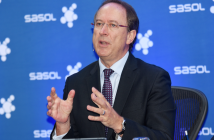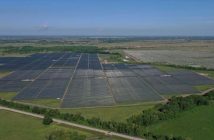- The United States Energy Association (USEA) and USAID, in partnership with London Economics International (LEI) and Grid Advisors LLC recently published an Energy Mix Diversification Strategy for the Uganda Electricity Generation Company Limited (UEGCL).
USEA began developing the strategy alongside the other organisations in June 2020. The strategy provides for a framework that will maximise generation capacity to provide reliable, affordable, and flexible electricity; identify the challenges of integrating renewables; and develop financially viable short, medium, and long-term plans to diversify UEGCL’s energy mix.
Uganda relies heavily on hydropower generation, a technology susceptible to hydrological fluctuations and climate change, which cause severe loadshedding and blackouts during droughts and floods.
Key findings of the report include targeting to install additional capacity up to 300MW by 2030, and between 900MW and 2,000MW by 2040. This additional capacity will consist primarily of solar (with storage), wind, and geothermal technologies to align with Uganda’s sustainability strategy and overall economic development objectives.
Elise Voorhis, a senior programme coordinator for USEA’s Energy Utility Partnership Program (EUPP), said: “Countries must diversify their energy mix to integrate more renewables and clean technology, not only to mitigate climate change and reduce their vulnerability, but also to increase energy access and security.”
While the strategy was developed for UEGCL and the generation sector, inefficiencies and issues in the transmission, distribution, and regulatory sectors must also be addressed to effectively solve UEGCL’s challenges.
USEA recommendations for Uganda
USEA and LEI recommend that key energy stakeholders in Uganda standardise and systematise planning efforts, load-forecasting activities, and national targets to establish a consensus to build upon.
Developing an Integrated Resource Plan (IRP) will increase consistency across planning activities, reduce inefficiencies, and be conducive to orderly transmission and generation expansion in Uganda.
Moreover, developing an IRP presents an opportunity to reevaluate market designs and introduce tariff incentives, as well as enhance system reliability and resiliency with the increased integration of intermittent resources and volatile weather pattern frequency.
USEA Acting Executive Director Sheila Hollis said: “This Energy Mix Diversification Strategy will help Uganda improve its grid reliability, increase renewable capacity, and decarbonise its energy sector in the years ahead. As countries around the world march towards the goal of zero emissions, this strategy could not come at a more important time.
“It is also the latest example of why USEA’s international work is significant. Despite the pandemic preventing our staff from travelling internationally, we continue to forge ahead, and fulfil our mission to improve lives around the world by helping to deliver safe, reliable, and clean energy.”
Link to full report HERE
Author: Nicolette Pombo-van Zyl
This article was originally published on ESI Africa and is republished with permission with minor editorial changes.












